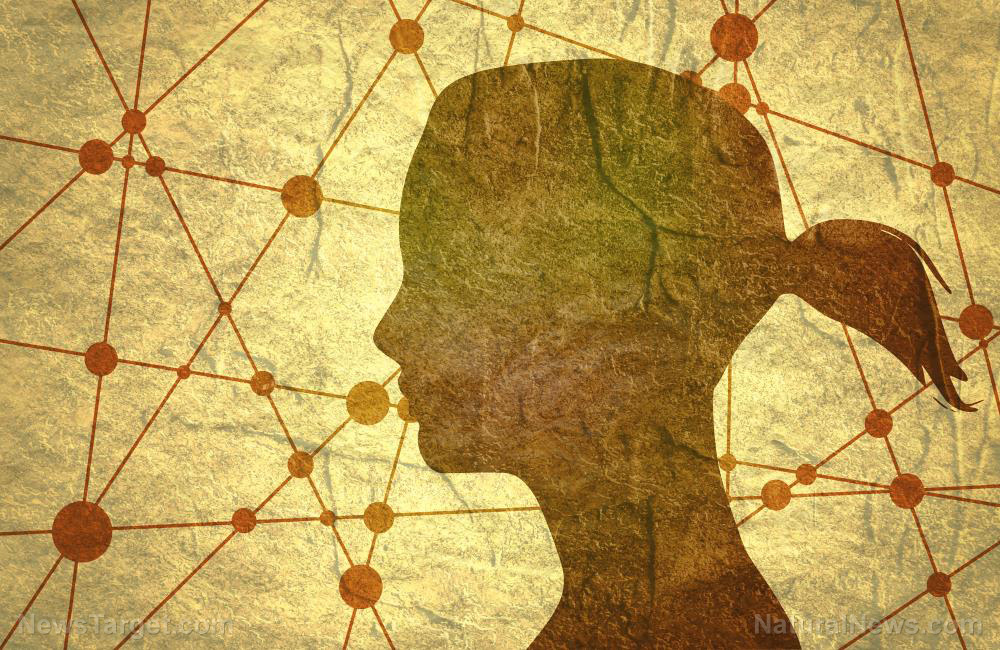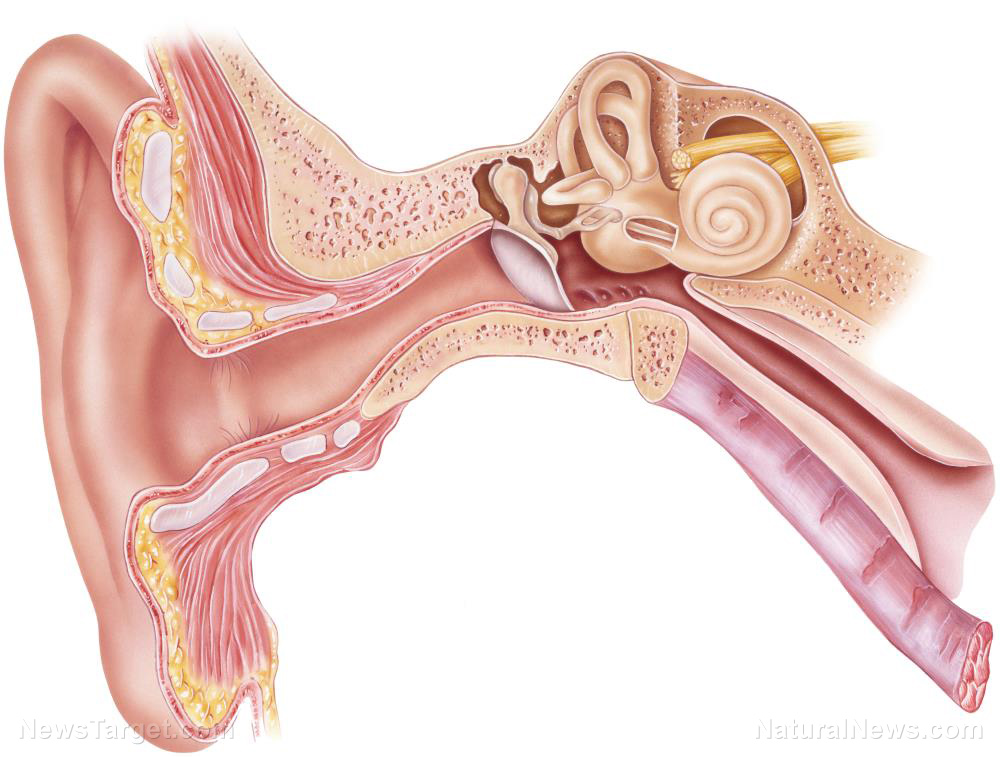The science behind “familiar smells:” How odors affect memory formation in the brain
11/15/2019 / By Edsel Cook

The processes by which the brain learns new things and stores memories respond to input from the senses. German researchers have recently reported that scent processing might affect the brain’s memory centers.
Their study covered the piriform cortex. This region of the olfactory brain interprets smells picked up by the nose’s olfactory receptors.
The Ruhr Universitat Bochum (RUB) team found that the piriform cortex directly affects the way the brain stores information in the hippocampus, which handles most of the functions involving memories.
RUB researchers Dr. Christina Strauch and Denise Manahan-Vaughan started their efforts in 2010. They wanted to unearth more information about how smells trigger the creation of memories.
The team released their findings in the April 2019 issue of the scientific magazine Cerebral Cortex. (Related: Can you juice up your gray matter? Study finds mild electrical stimulation improves brain function in the elderly.)
Odors stimulate a part of the brain that triggers the formation of memories
The RUB team sought to determine how smells affect the formation of memory in the brain. They set up an animal model with lab rats, whose brains share many similar parts and processes with human counterparts.
In their experiment, they applied electrical impulses to the anterior piriform cortex of the rats. The artificial stimulation made the brains of the rodents think that their noses picked up a scent.
Specifically, the electrical field of the dentate gyrus – a part of the hippocampus – changed in response to the test-pulse stimulation, suggesting increased activity.
“We were very surprised to see that the hippocampus directly responds to stimulation of the piriform cortex,” explained Strauch in an interview.
Applying a pattern of electrical stimulation produced short-term and long-term effects on the brain. The results depended on the frequency of the electrical pulses.
The hippocampus processed the data from the senses and used them to form memories. It could improve the efficiency of the information moving across the synapses, which made it much better at storing the data that made up the memory.
The method by which the hippocampus boosts data transmission over synapses is called “synaptic plasticity.”
The RUB researchers presented the first evidence that the hippocampus experienced the memory-related process after stimulating the anterior piriform cortex of the brain.
Smell plays a distinct role in storing and retrieving memories
After learning that the piriform cortex triggered synaptic plasticity in the hippocampus, the RUB researchers went further. They compared the piriform cortex’s influence on hippocampal activity with that of the entorhinal cortex.
The entorhinal cortex also activates synaptic plasticity in the hippocampus. This brain structure handles the delivery of any data regarding any activity in all of the senses, including – but not limited to – the sense of smell.
Still working on rats, the researchers activated this structure’s perforant path, the nerve pathway by which data came from a sensory receptor and headed to the brain. Then, they compared the resulting patterns with the ones originating from a stimulated piriform cortex.
They found that the entorhinal cortex produced reaction patterns in the hippocampus that did not resemble the profile of the ones associated with piriform cortex stimulation.
Further, the anterior piriform cortex subordinated itself to the perforant path. Despite this, its effects did not overlap with those caused by the entorhinal cortex.
Based on these results, the two structures induced related but dissimilar effects on the brain. Further, the piriform cortex specifically exerted control over the way the hippocampus processed and encoded memories based on scent.
“The study gives us a theoretical basis for understanding how olfaction plays such a special role in memory formation and retrieval,” remarked Manahan-Vaughan.
Sources include:
Tagged Under: brain function, brain health, electronic brain stimulation, entorhinal cortex, hippocampus, memory, mind body science, nose, odor, olfactory receptors, piriform cortex, scent, smell, synaptic plasticity
RECENT NEWS & ARTICLES
BrainFunction.News is a fact-based public education website published by Brain Function News Features, LLC.
All content copyright © 2018 by Brain Function News Features, LLC.
Contact Us with Tips or Corrections
All trademarks, registered trademarks and servicemarks mentioned on this site are the property of their respective owners.




















